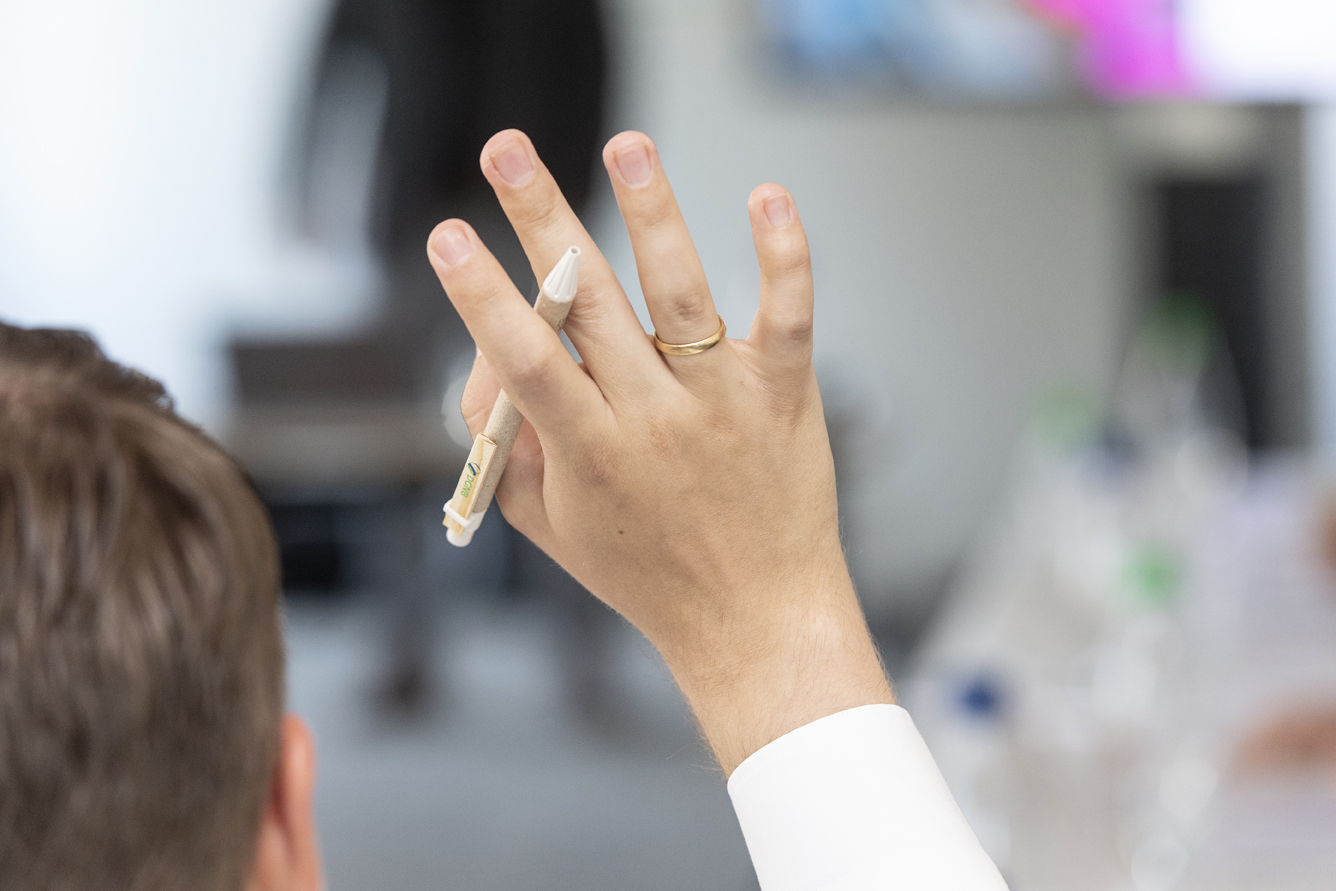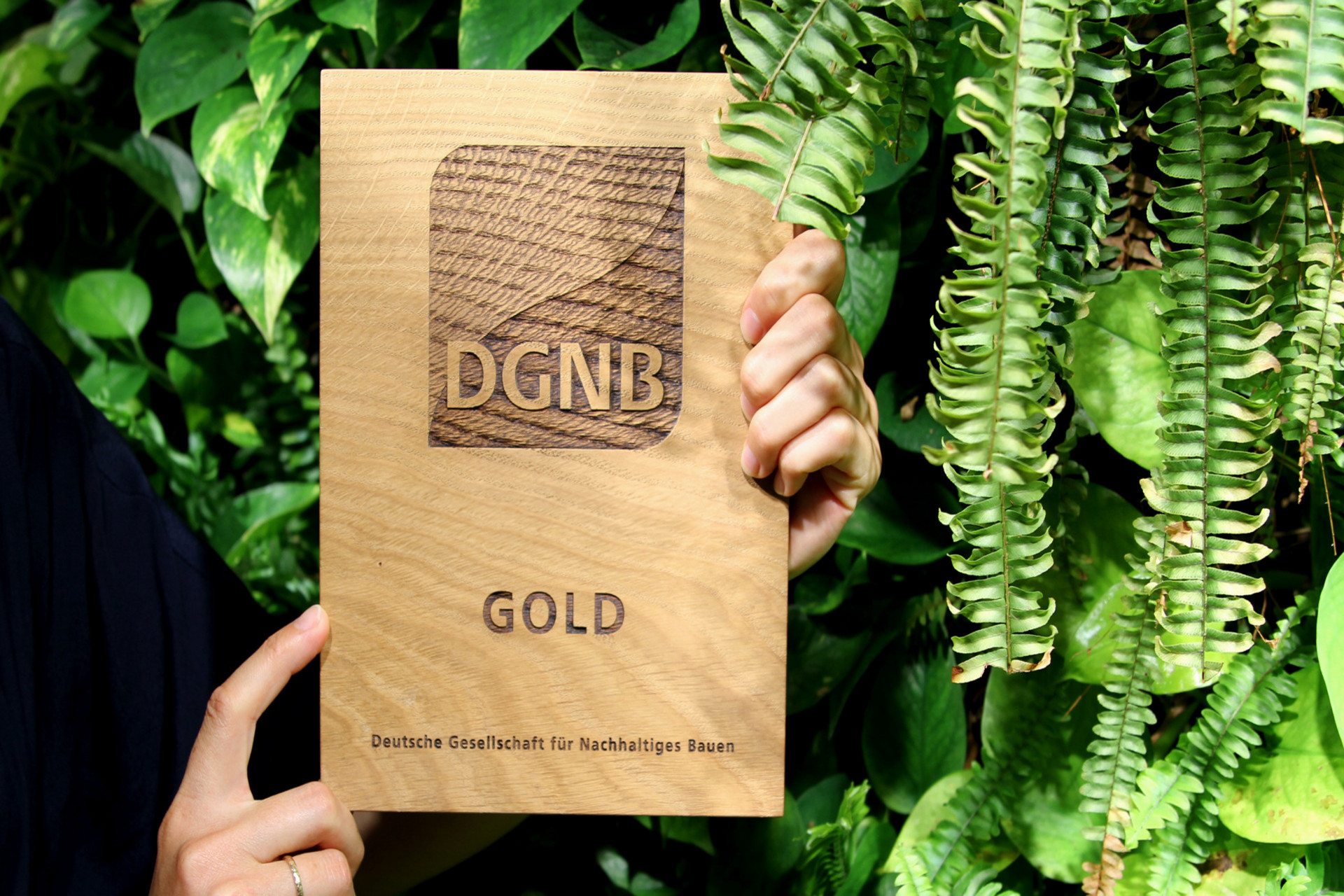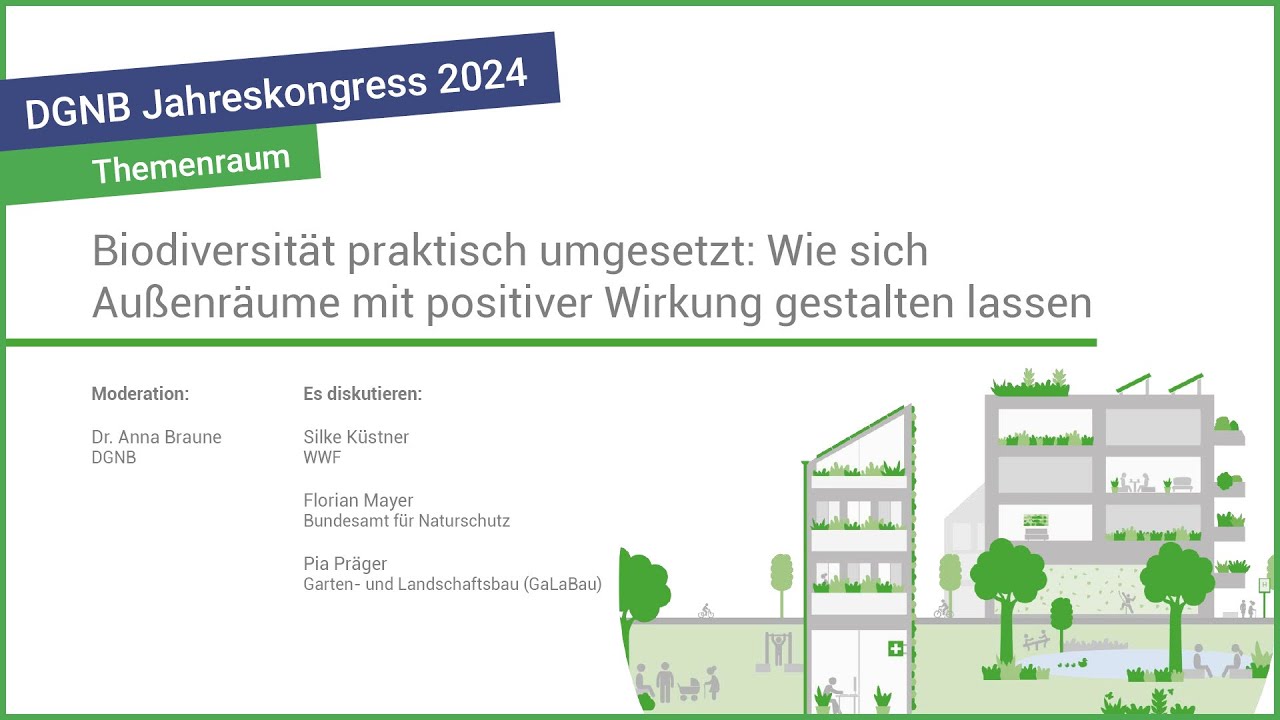Stable and diverse ecosystems form the basis of our lives. They provide clean air and water, absorb CO₂ from the atmosphere, are more resilient to changes brought about by climate change, ensure the pollination of (crop) plants and harvests, have a positive impact on human health, and serve as valuable spaces for recreation and leisure. As such, they hold significant economic, emotional and existential value for humanity.
However, biological diversity is declining rapidly. This affects not only species diversity, but also the genetic diversity within species and the variety of habitats and ecosystems. Scientists describe this loss of biodiversity as a threat that could affect humanity even more severely than the climate crisis. According to the European Union, the main drivers of biodiversity loss include land use change, climate change, overexploitation of natural resources, environmental pollution, and the spread of invasive species.
The building and real estate sector can directly or indirectly influence many of these factors. It can fulfil its particular responsibility by ensuring that buildings and infrastructure contribute to the protection and promotion of biodiversity – for example, through the creation of habitats in outdoor spaces, on roofs and façades, through bird-friendly window and façade design, as well as by connecting green spaces via roadside vegetation and permeable plots. Green areas not only provide habitat, but also help to improve the microclimate, air and environmental quality, and water retention capacity. In doing so, they can also make an active contribution to addressing the increasing occurrence of heatwaves and heavy rainfall events. Recognising and harnessing these synergies between climate action, climate change adaptation and biodiversity is essential.
Biodiversity in the DGNB System
With the explicit criteria "biodiversity" for districts and "biodiversity on site" for buildings, the influence on the surrounding ecosystems is taken into account in a DGNB Certification. This also takes into account aspects that are less visible at first glance, such as biotope networking, so as not to isolate plant and animal species, or long-term biodiversity strategies and care instructions. The protection of biological-ecological diversity and quality is also implicitly anchored in other DGNB criteria. Furthermore, the DGNB recently developed a variant of its DGNB System specifically focused on the promotion of biodiversity in exterior spaces. However, it is just as important for us as the DGNB to impart concrete knowledge on the subject of biodiversity. That is why the DGNB Academy is dedicated to this topic with a wide range of seminars.
DGNB's commitment to the protection of biodiversity
Network "Unternehmen biologische Vielfalt"
The protection of biodiversity is an issue that concerns the DGNB. This is why we are involved in the "Unternehmen biologische Vielfalt" network, among others. This brings together stakeholders from business, nature conservation, science and politics to exchange knowledge and experience. The network also supports business associations in establishing and expanding environmental management and the protection of biodiversity in their member companies. It is supported by the Federal Biological Diversity Programme.
Biodiversity Commitment
The Earth's biodiversity carrying capacity has already been exceeded and there is a sharp decline in biodiversity worldwide. This is why we, the German Sustainable Building Council, have made a Biodiversity Commitment in the run-up to the 15th Conference of the Parties to the Convention on Biological Diversity (CBD-COP 15), in order to actively campaign for the preservation and protection of biological diversity and to motivate others to become active as well. You can also find out more about our commitment and the voluntary commitment on the DGNB Blog.
Become active yourself

If you want to become active, you can...
- make your own voluntary commitment,
- submit best practice examples for the protection of biodiversity,
- support the DGNB in its committee and initiative work,
- raise awareness among your own members, employees and colleagues and/ or,
- get involved in networks.
You can send us further suggestions and examples via biodiversitaet@dgnb.de. We look forward to your feedback!
Biodiversity in practice: How to design exterior spaces with a positive impact
Biodiversity and its protection is a key issue for the DGNB. At the DGNB Annual Congress 2024, we dedicated a themed room to this topic, where we not only presented the DGNB Certification for Biodiversity-Promoting Exterior Spaces, but also discussed with stakeholders from the fields of practice and politics what experience and knowledge they have gained in the context of promoting biodiversity in practice. The discussion made it clear that the enormous importance of preserving ecosystem and species diversity is being increasingly understood. But how can those involved in shaping the built environment make a difference?
The discussion is in German.
Building for a better world
Your contact
Carla Schweizer
Project Manager Research Projects
- Phone: +49-711-722322-90
- Email: C.SCHWEIZER@DGNB.DE


